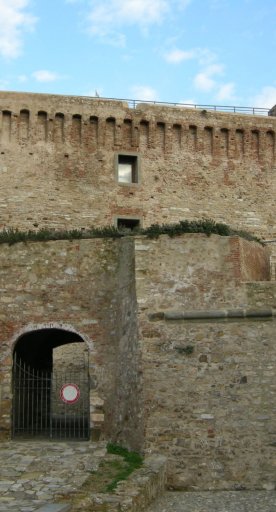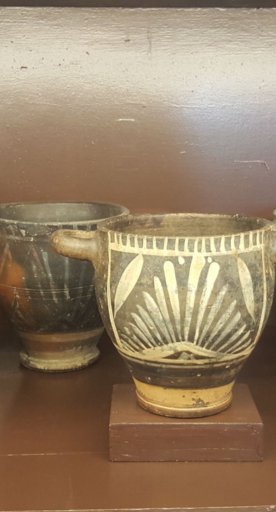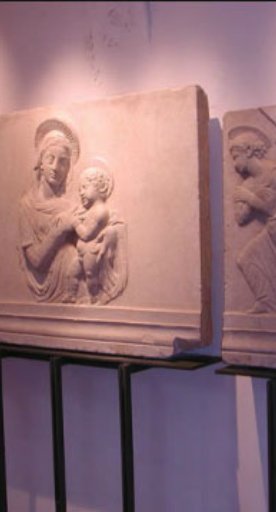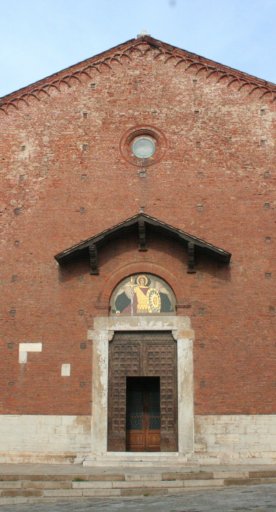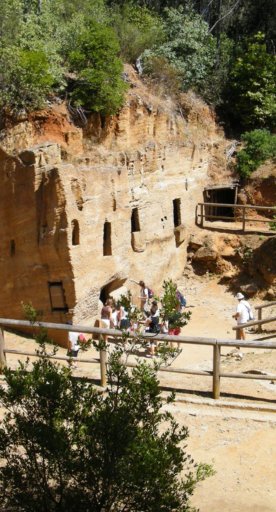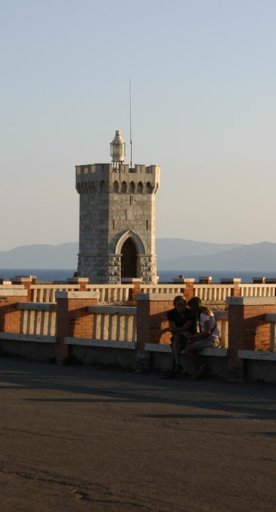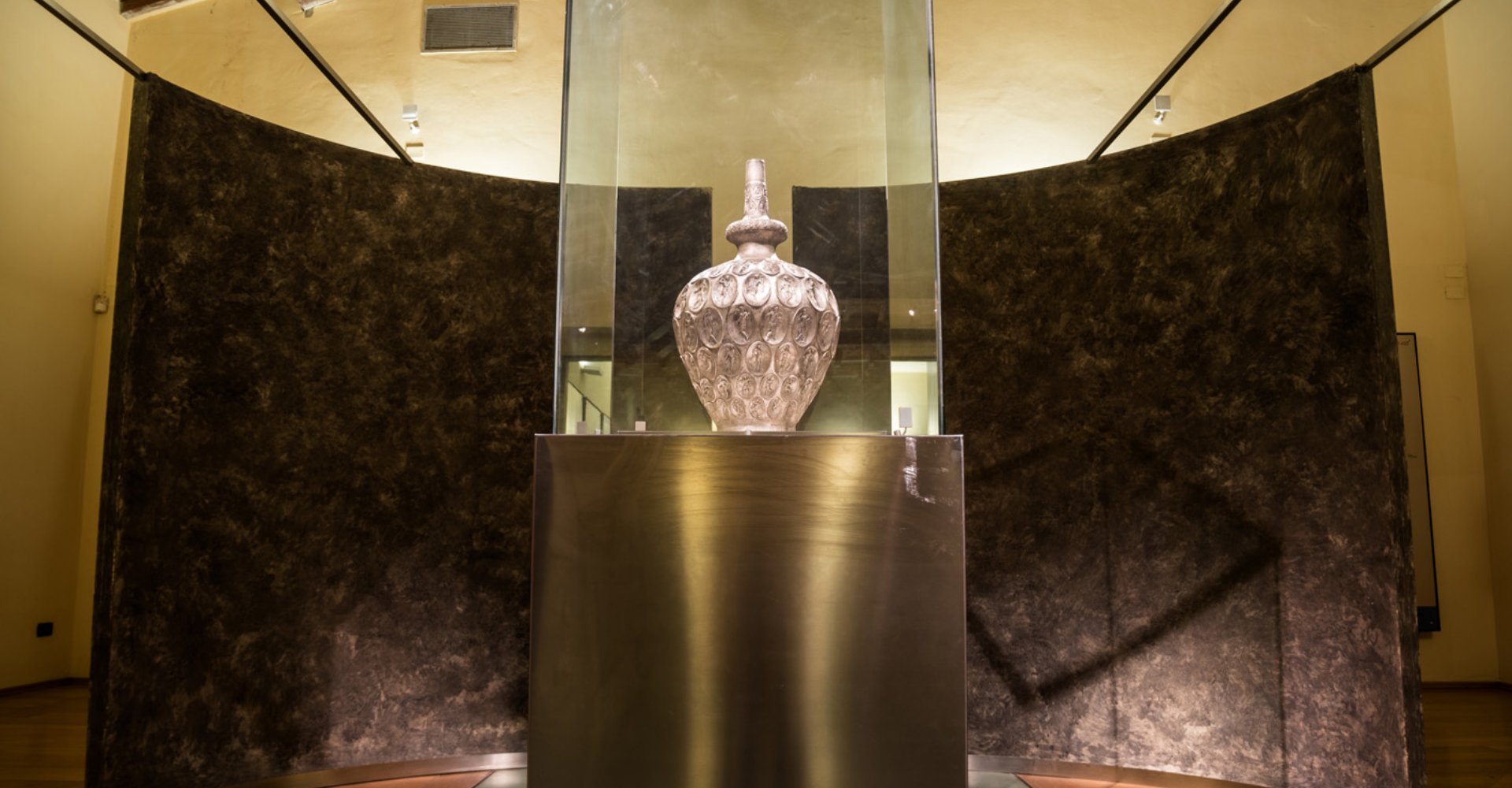
Populonia Archaeological Museum
Extraordinary artifacts tell the story of the ancient city state
The Archaeological Museum of Populonia is located inside Palazzo Nuovo in the historic center of Piombino. The building was built in the early 19th century for the rulers Felice and Elisa Baciocchi, Napoleon's sister.
In the museum, a natural complement to a visit to the Baratti and Populonia Archaeological Park, visitors take a journey through the history of this area from prehistoric times to modern times, passing through the Etruscan and Roman periods.
During the visit, organized in chronological order, visitors can admire the rich grave goods from the aedicula tomb of the Bronzetto d'Offerente, the famous Mosaic so-called "dei Pesci" from the "Loggias" of Populonia, and an extraordinary treasure trove of silver coins found in the sea at Rimigliano.
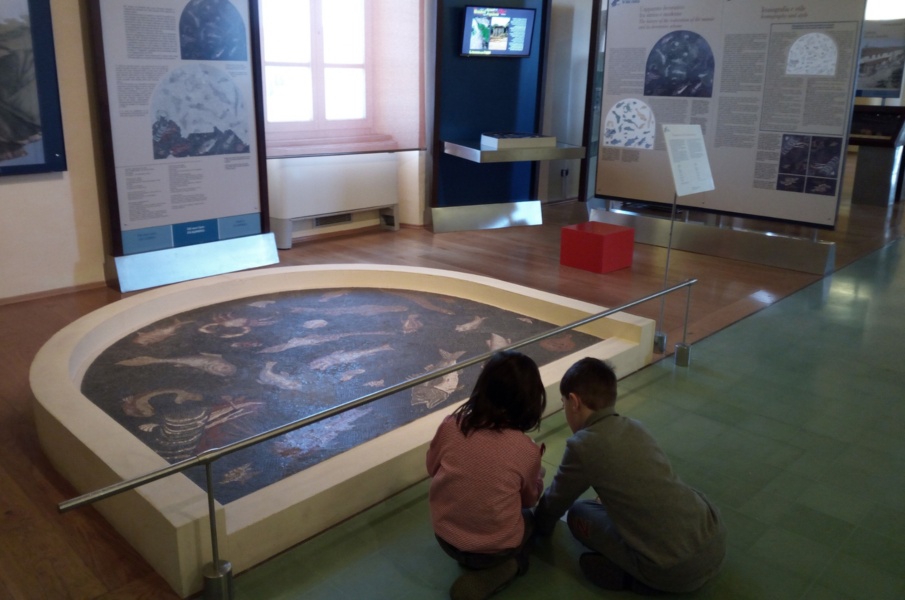
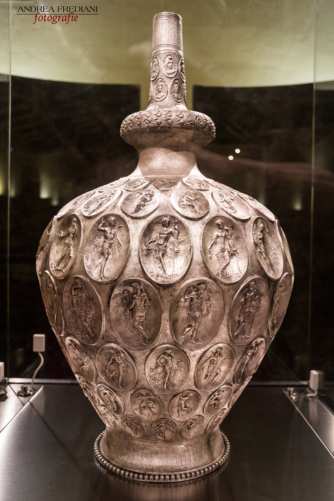
The museum's most significant and symbolic find is the Baratti silver amphora, a masterpiece recovered accidentally in 1968 off the Gulf and one of the finest examples of late Roman art. Made of almost pure silver, the time and place of production of the amphora are uncertain: the most likely hypothesis seems to be a late 4th-century A.D. manufacture in Antioch of Syria.
The Museum is enriched by three multisensory educational stations that allow everyone, including those with disabilities, to fully understand and enjoy three symbols of Populonia's ancient history: the Tomb of the Chariots (the best-preserved funerary monument in the entire Baratti and Populonia Archaelogical Park), the Mosaico dei Pesci, and the amphora of Baratti.
The scale reproduction of the "to touch" artifacts, sensitization with sound output and videos also open the possibility for the blind or visually impaired to understand the artifact and the monument.
In addition, thanks to the collaboration with the Municipality of Piombino, the Museum has been selected by Unicef for the creation of a Baby Pit Stop: nursing mothers thus have at their disposal a corner dedicated to them furnished with a chair and changing table.
Accessibility information: parchivaldicornia.it

